Aloha and Welcome Back, Everyone
In this blog, we’ll be picking up where we left off in Part 1 of this Beginner’s Guide — Should I Try to Make Niʻihau Shell Jewelry? What I Need and What I Have to Know — which I published on October 13, 2025.
In that first part, we talked about that first spark of excitement — the moment when you start dreaming about creating your own Niʻihau shell jewelry (ニイハウシェル ジュエリー). We looked at why quality matters, how to recognize good Kahelelani shells (カヘレラニシェル), and what true A-grade shells look like at their very best.
➡️ Now, in Part 2, we’ll go a little deeper — learning how to see beyond the surface beauty of each shell and understanding how different grades, colors, and tiny imperfections all play a part in your creative journey. Whether you’re sorting your very first batch or choosing which shells to practice with, this section will help you move forward with more confidence and aloha.
But of course, not every shell is perfect — and that’s perfectly okay. B and C grades, along with imperfect shells, still have their place and can play an important role in this craft.
✨In this part of the guide, we’ll explore what those grades really mean, how to tell when a shell is too fragile to use, and a few simple tips to help you choose wisely — whether you’re buying loose shells for your own creations or finished Hawaiian jewelry (ハワイアンジュエリー) to enjoy and wear.
When I think about shell quality, it’s more than just that beautiful high luster we all love. To me, it’s also about how the shells will hold up when strung together — will they make a uniform piece of jewelry, or will little flaws stand out?
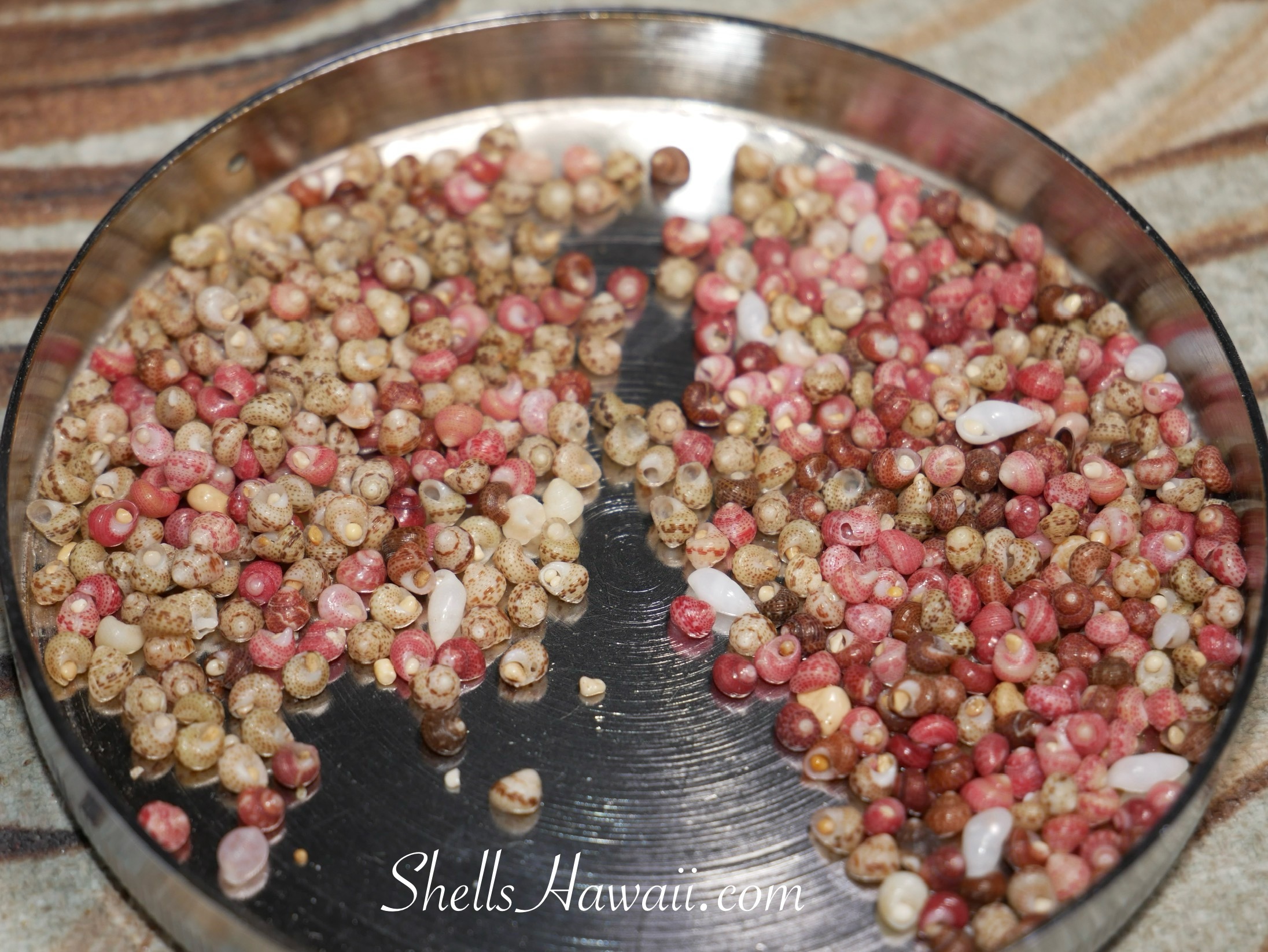
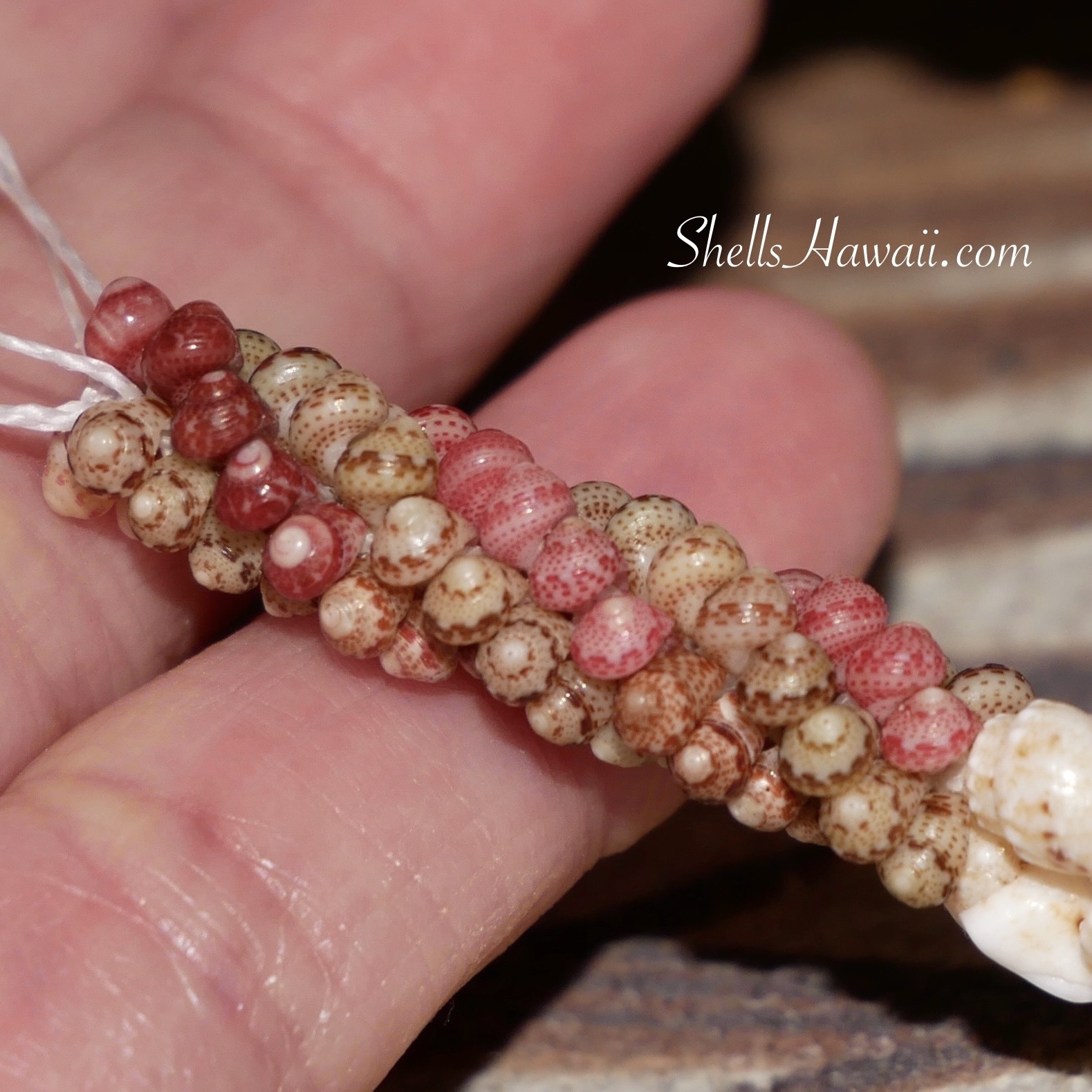
I always look closely for cracks, chips, or those big natural holes that sometimes form. And if a shell feels too fragile, it might just be waiting for the “perfect moment” to break — and no one wants that to happen after you’ve already put in hours of work.
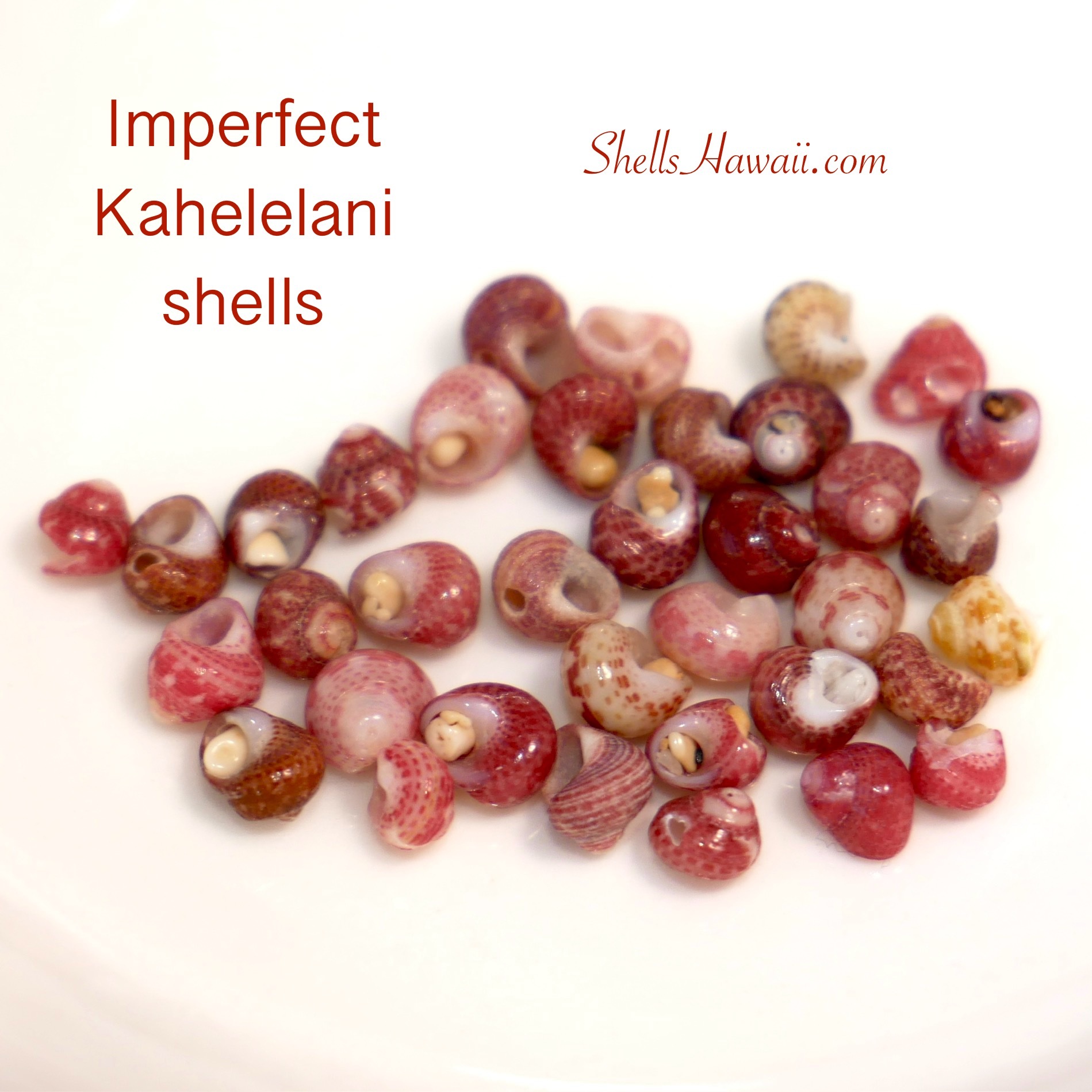
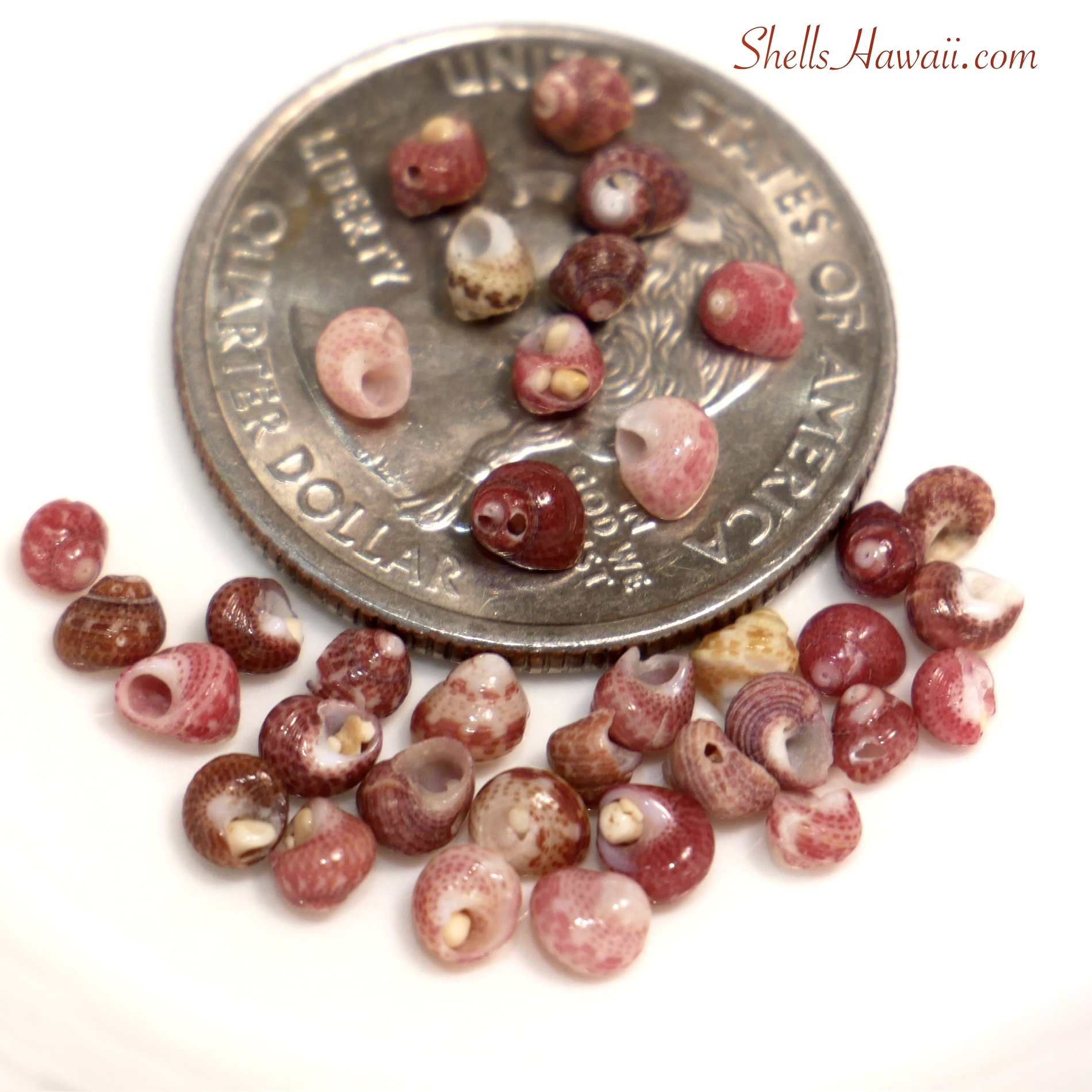
All of these little details matter when you’re working with natural Niʻihau shells. A good-quality shell should have a smooth, natural surface, strong enough to handle being strung, and beautiful enough to shine when it’s next to its neighbors. That’s what makes a piece of jewelry feel polished and lasting.
Buying Jewelry or Shells supply Online: What to Watch For
When shopping for Hawaiian jewelry (ハワイアンジュエリー) online — or even looking for shell supplies like Momi, Laiki, Kahelelani, Puka, or other types of Hawaiian seashells for your own creations — the first reaction is usually the same:
✨“Wow, it’s beautiful! Look at all those colors — I love it.”✨
And I completely understand that feeling — I’ve been there too. The photos sparkle, the shells look gorgeous, and you can already imagine how it might feel to own or create with them. But before you click “add to cart,” here’s where it’s so important to pause and do a little research.
➡️ Ask yourself: What grade of shells were used or listed for sale? Were they carefully matched in size and color? What level of workmanship went into the piece?
➡️ Do the shells listed claim to be perfect A-grade quality, or are they part-sorted or unsorted shells? These are important things to ask before you buy. Sometimes, if you haven’t seen many shells in person, it can be hard to picture exactly what A, B, or C-grade — or even imperfect shells — truly look like.
These details can make all the difference between a piece of Hawaiian shell jewelry (ニイハウシェル ジュエリー) or loose shells that you’ll truly love and treasure, versus something that looks nice in a photo but doesn’t live up to your expectations when it arrives.
♦️ Beauty isn’t only about color — craftsmanship, shell quality, and attention to detail are also essential to this art form. ♦️
Niʻihau shell jewelry isn’t just a piece of jewelry — it’s an art. Every creation carries patience, balance, and generations of skill woven with aloha.
When you buy online, you’re depending entirely on photos and the seller’s honesty. That’s why slowing down, asking questions, and understanding shell quality is the first step every shopper should take before making a purchase.
⚓ If you’re new to collecting or creating, start with my Beginner’s Guide
You can also explore:
✨ The Vibrance of Life — How Kahelelani Shell Colors Are Formed
✨ Is Niʻihau Shelling Seasonal? (Part 2)
✨ Beginner’s Guide — The Perfect Kahelelani Size to Start for Beginners
A-Grade Shells — The Standard You Should Know Before Buying Kahelelani Shells
From my own experience working with both Niʻihau and Kauaʻi shells, here’s what sets them apart — and why it’s so important to understand the details before you buy.
⬇️ Niʻihau vs. Kauaʻi Shells — Side by Side ⬇️
Luster
- Niʻihau: Known for their rich, glossy shine that bounces light back beautifully. That high luster is one of the clearest signs of A-grade Niʻihau shells and gives them their reputation as Hawaiian gems.
- Kauaʻi: Still beautiful, but often more matte or softly glowing rather than high-gloss. Some shells may look a little chalky compared to Niʻihau’s polished shine.


Color & Pattern
- Niʻihau: Vibrant and true to their natural potential — deep reds, glowing pinks, golden yellows, creamy whites, and natural browns that look full, not washed out. Niʻihau’s unique environment allows for an incredible variety of colors and rare patterns that make these shells world-famous.
- Kauaʻi: Often softer or more muted, with dusty pinks, beige-browns, and spotted or mottled designs. But Kauaʻi shells also show colors and patterns Niʻihau doesn’t always have, which makes them special in their own way.
Condition
- Niʻihau: Strong, well-formed shells with no major cracks or worn edges. Their walls have good thickness, which helps them last for generations when strung into jewelry.
- Kauaʻi: When graded A, their condition is just as strong as Niʻihau’s. The difference is not in durability, but in luster and color intensity. Kauaʻi A-grade shells are still excellent quality for jewelry making.
Shape & Size
- Niʻihau & Kauaʻi: The shape is the same — they’re all Kahelelani snail shells. A-grade shells, no matter which island they’re from, have clean, round spirals and balanced forms. What really sets them apart isn’t shape, but the patterns and luster influenced by where they lived.
- Size Note: Shell size depends more on survival than location. If a snail lived long enough, it grew to adult size; if it was eaten early by predators, the shell stayed small. Both Niʻihau and Kauaʻi shells come in a range of sizes, from tiny to larger. Smaller shells don’t mean lower grade — just more patience and skill to work with.
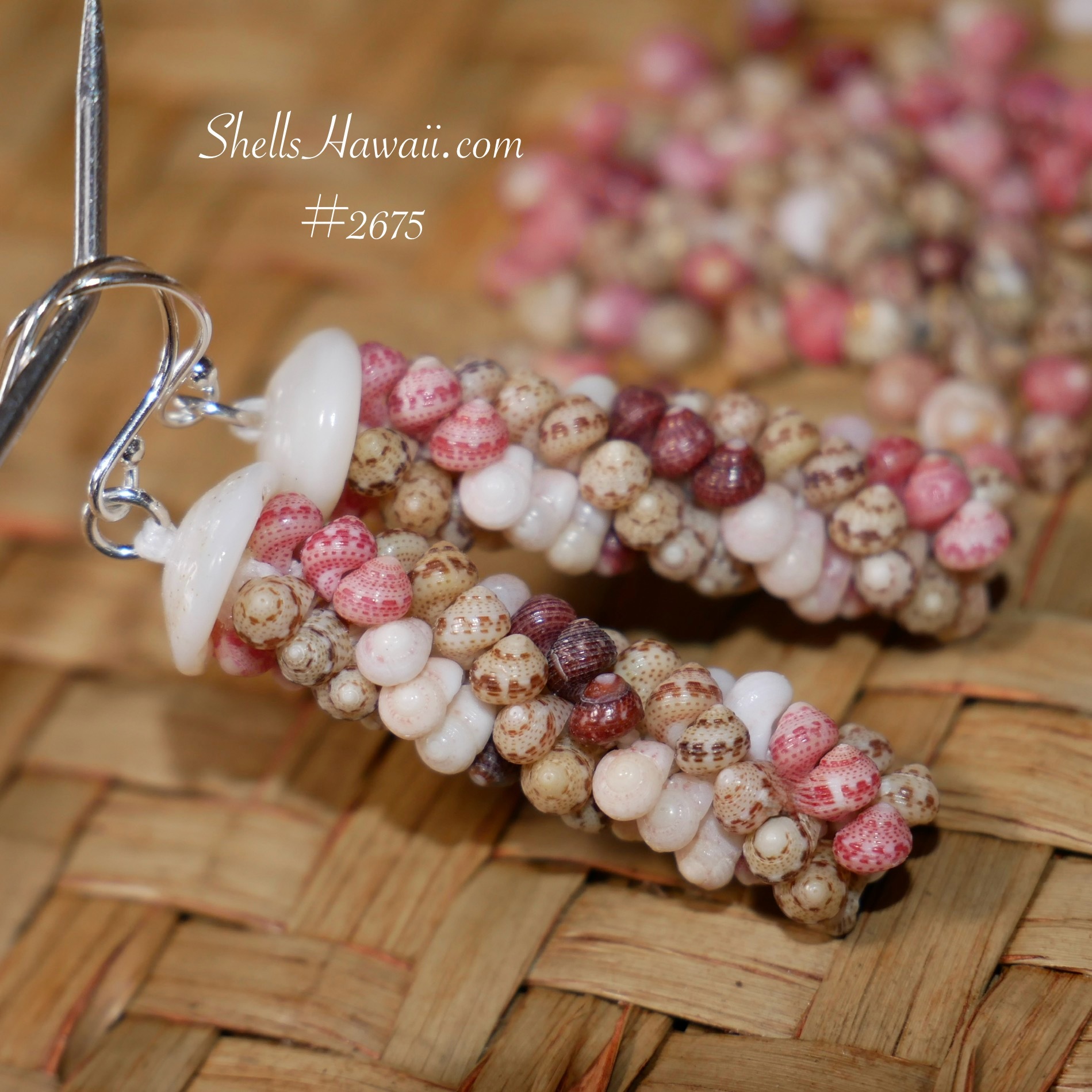
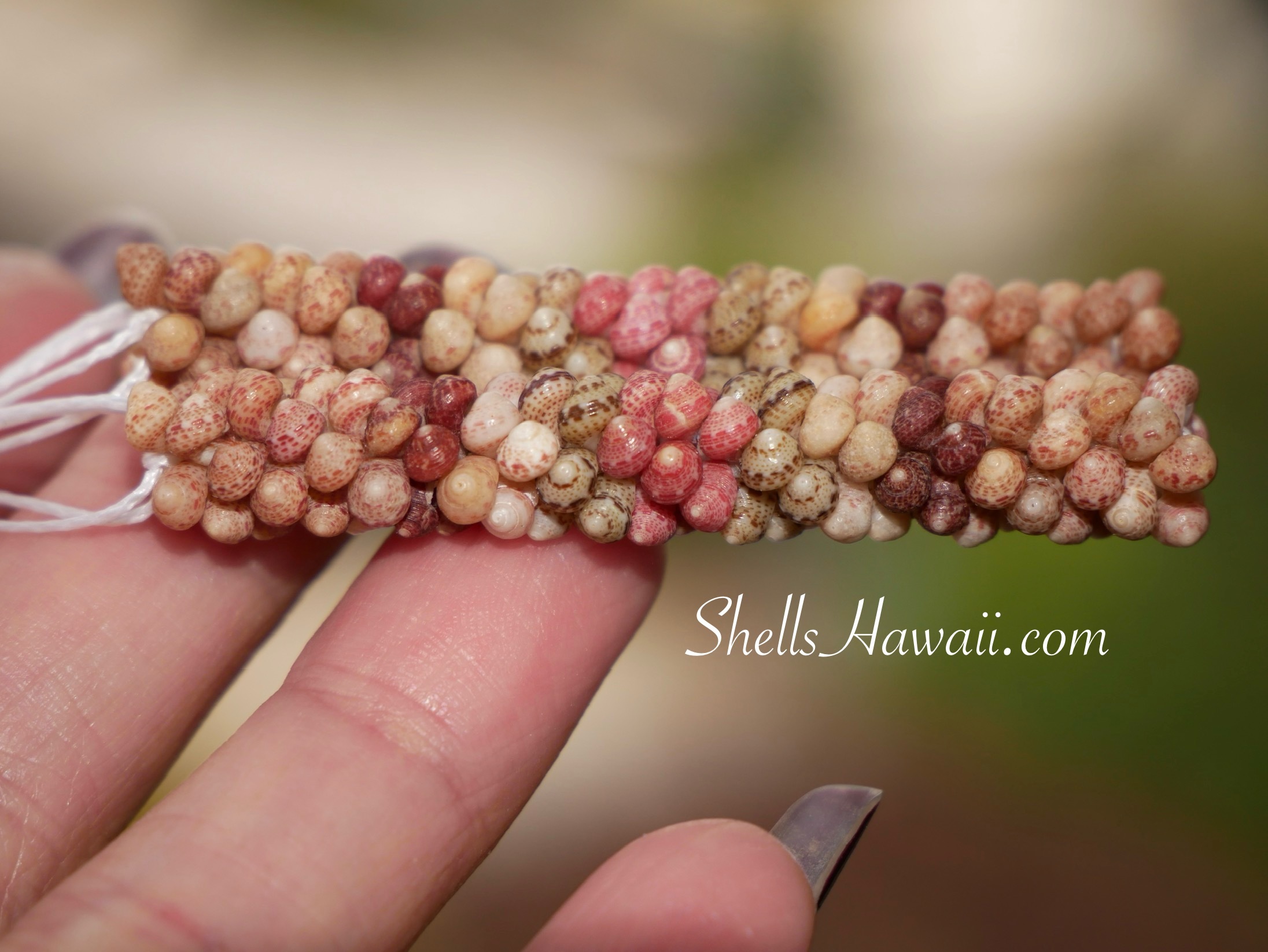
✨From Understanding to Appreciation: Seeing the True Beauty of A-Grade Shells✨
If a shell meets the expectations of A-grade quality — strong walls, clean surface, and no major flaws — then it is A-grade, whether it comes from Niʻihau, Kauaʻi or the neighbors island. The difference is simply the origin. Niʻihau shells carry a rare beauty because of the island’s unique land and traditions, but Kauaʻi shells or the neighbors island shells also have their own beauty shaped by their ocean, sand, and food source.
Just because they didn’t come from Niʻihau doesn’t make them any less special. They were still born in the Hawaiian sea, and they deserve to be honored for what they are✨. Each shell carries its own story of survival and the ocean’s touch — and when we respect that, every piece of jewelry made with them becomes meaningful and unique.
And now that you’ve learned how to recognize A-grade shells, in the next part of this guide we’ll go further. We’ll talk about B & C grade shells, imperfect shells, and how to spot them — whether you’re looking at jewelry in person or buying loose shells online. This knowledge will give you the confidence to know exactly what you’re seeing before you make a purchase.
✨ You May Also Enjoy Reading
• ShellsHawaii What Are Kahelelani Shells
• ShellsHawaii What Are Momi Shells
• ShellsHawaii Where Do You Get Your Niʻihau Shells
• ShellsHawaii Custom Orders & Repairs
Thank you for taking the time to learn with me. I hope this guide helps you see the beauty in every shell — not just the perfect ones, but all the little pieces that carry aloha from our islands.
 USD
USD

